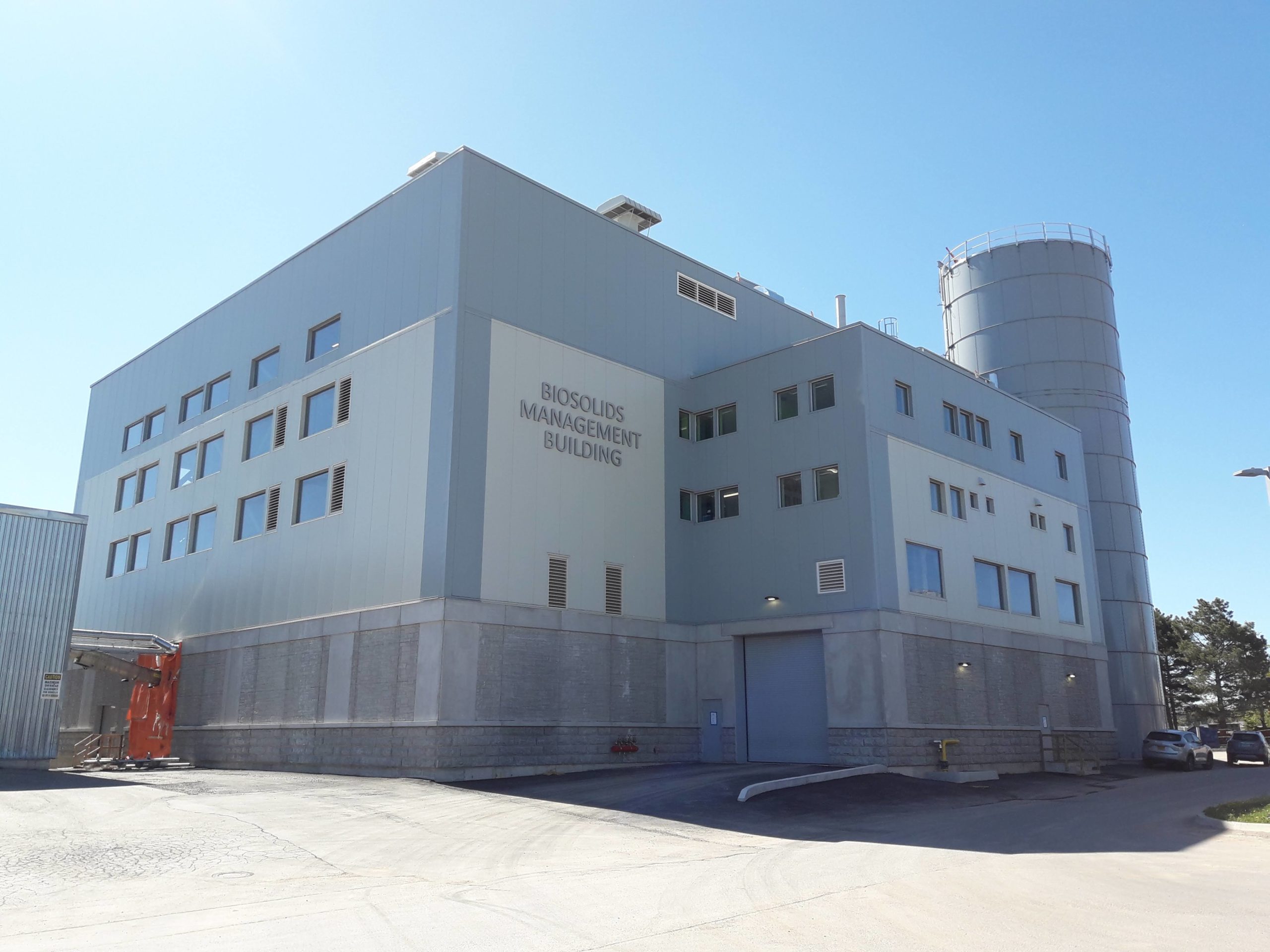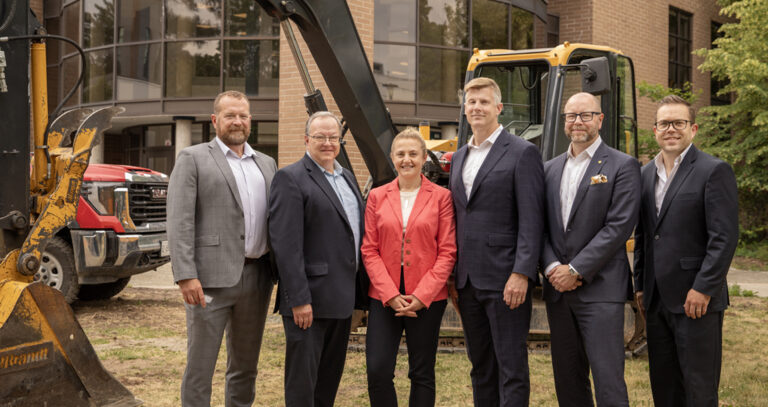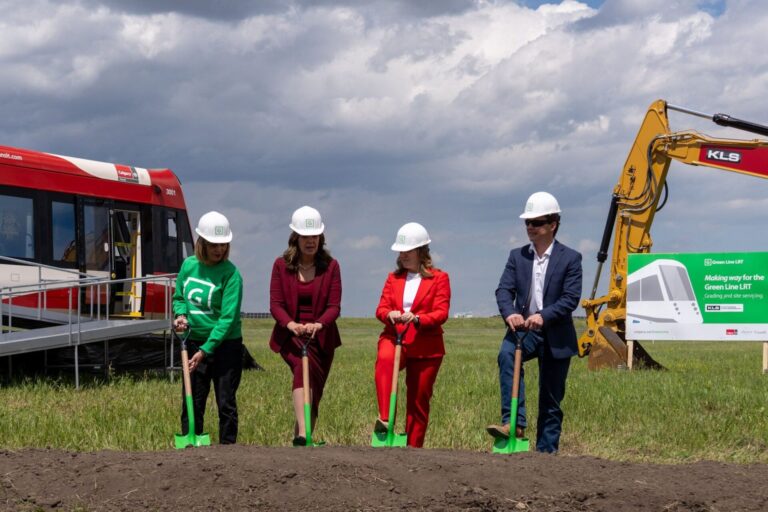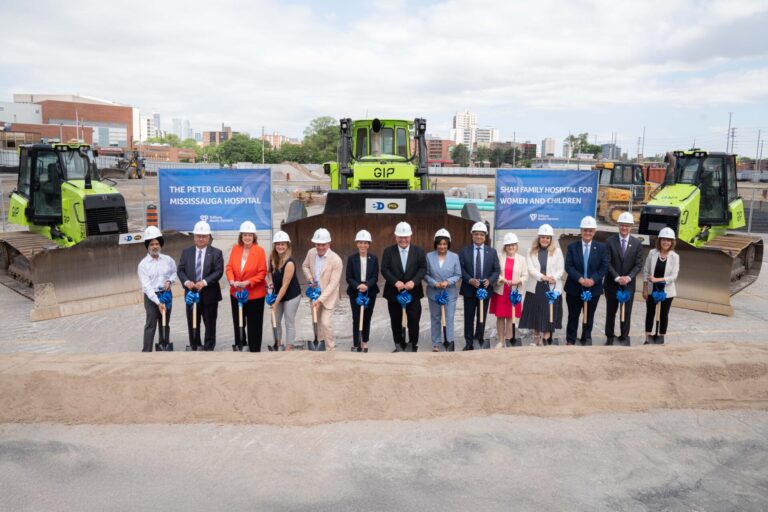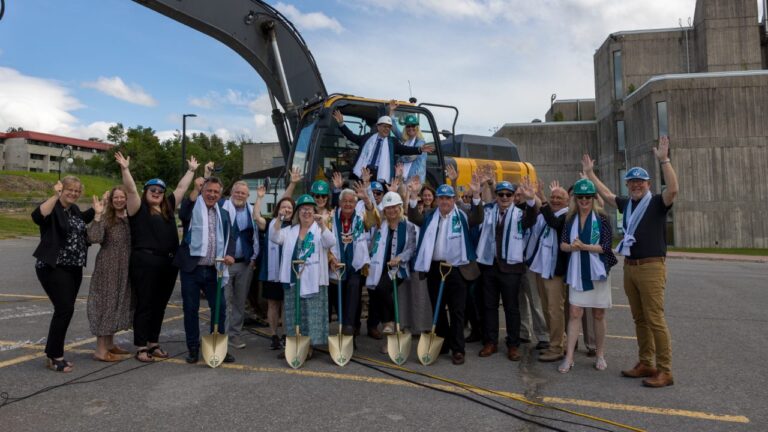The City of Hamilton and Infrastructure Canada have announced that substantial completion of the Biosolid Management Project has been achieved, offering a long-term, sustainable solution to biosolid management at the Woodward Wastewater Treatment Plant.
“The completion of the Biosolid Management Project is an important milestone for the City of Hamilton and we are excited to participate in a sustainably driven, emerging sector,” said Hamilton Mayor Fred Eisenberger. “On behalf of the City, I would like to thank our industry-leading partners for their contributions to this project, and look forward to a long and prosperous partnership with Harbour City Solutions.”
For the next thirty years, the newly-installed thermal drying system will bring environmental, social, and economic benefits to the City of Hamilton. The new facility will use a thermal drying system which takes the nutrient-rich organic materials that result from the wastewater treatment process and turn them into pellets to be sold for fertilizer or fuel.
“This new biosolids facility transforms wastewater into useful fertilizer and a renewable fuel source, while providing the people of Hamilton with an innovative, long-term and sustainable biosolids management program,” said Catherine McKenna, Minister of Infrastructure and Communities.
The public-private-partnership was supported through funding from Infrastructure Canada under the P3 Canada Fund, and the construction and continued maintenance of the new facility will be led by Harbour City Solutions.
In 2005, the City of Hamilton undertook a Biosolids Master Plan to address the challenges associated with the existing practice of biosolid management at the Woodward Wastewater Treatment Plant.
The City of Hamilton produces about 43,000 wet tonnes of biosolids per year.
The new facility will use the biosolids to produce a product, which will be sold as a slow release organic fertilizer, or to coal burning industrial facilities as a renewable fuel replacement.
The new technology involves heating the biosolids in a large dryer drum and selling the resulting dried product.

